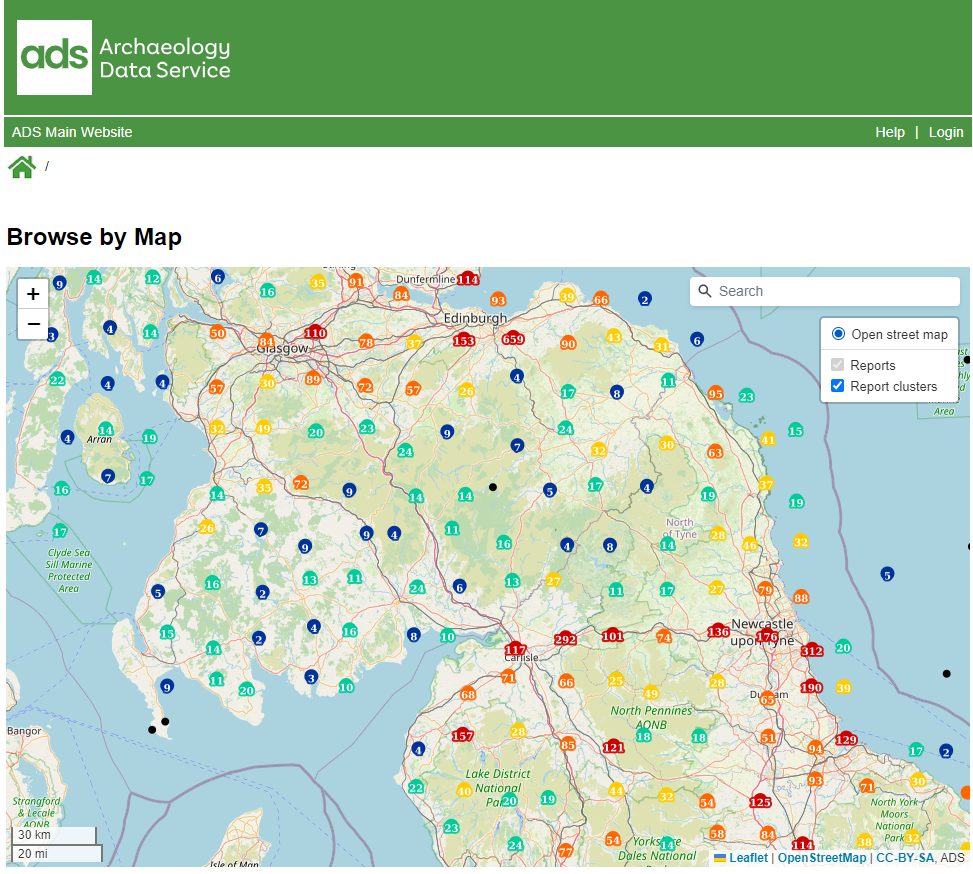While undertaking the SWORDARM project work, all the time wondering ‘if we build it, will they come’, we have had time to reflect on what we see as the benefits of such a system.
To us the benefits are quite clear; we hope to receive well formed archive material on which much routine checking has been undertaken, and which employs the appropriate file formats and is accompanied by a good level of documentation and metadata. This makes our job as archivists much easier and quicker, enabling us to slot archival material into our collections management system ready for formal accessioning. This, in turn, makes the process much more efficient and we are thereby able to drive the cost of accessioning the archive down.
But are we not therefore merely shifting the cost of part of the deposition onto the depositor?
Well, yes and no!
Firstly, the use of the online SWORD-ARM system will guide the archive through a series of stages whereby the depositor will have to take responsibility for the creation of valid metadata and documentation for the files. As the creator of the work, the depositor is always the best person to do this and even when dealing with the ‘traditional’ archive deposited on a DVD the onus is on the creator to do this. Using SWORD-ARM here will not force more work onto the depositor it will merely encourage the creation of required documentation in a timely manner.
Secondly we hope that we can embolden people to really consider what they are archiving and why. Too many times, the content of an archive seems to reflect the content of a project hard drive rather than represent a considered project outcome. Engaging in selection and retention can be an activity that researchers, certainly within archaeology, shy away from, feeling that ‘we may as well keep it –just in case’. But the advent of digital technologies has meant that, for example, the size of image archives have grown out of all proportion to the amouont of information we are actually trying to capture. Guidelines to help us in our deliberations are available (see, for example the DCC guidelines) but we hope the physical act of having to include files into an online system will encourage those deliberations, alleviating archive ‘bloat’ while keeping costs down.
Finally, having mentioned the subject of costs; hitherto, while the ADS charging policy has been available online for many years it has probably been seen by many as a ‘black art’. The costing model as currently being designed to be used within SWORD-ARM (and ultimately across the ADS) is much more understandable. It directly correlates the number and complexity of digital objects to be deposited with the costs associated with their long term preservation. We believe by using this model, in conjunction with our request for varying levels of documentation, our depositors will start to see the act of archiving, not as a necessary evil at the end of a project, but as an integral part of the research and publication process.
But how will we know if these benefits are being realised?
Ultimately, the proof of the pudding will be in the eating although early indications are that a range of online tools to guide you through an archive deposition process that some still find confusing would be welcomed by researchers. At the same time funding bodies and other digital archives and repositories await with interest to see whether such a system, significantly incorporating a charging model will strengthen both data management systems and business infrastructure.





